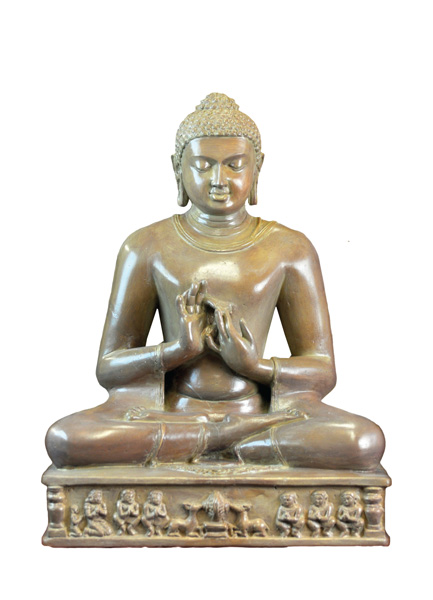RETHINKING THE SATIPAṬṬĀNA SERIES
By 1881 the scholar T.W. Rhys Davids had found the optimal translation for the Pali word sati. Previous scholars had variously tried translating or defining it as ‘remembrance,’ ‘memory,’ ‘recollection,’ ‘thinking of or upon,’ ‘calling to mind,’‘active state of mind,’ ‘fixing the mind strongly upon any subject,’ ‘attention,’ ‘attentiveness,’ ‘thought,’ ‘reflection,’ ‘consciousness,’ ‘correct meditation.’ Most of them seem to have understood that the root of the noun sati was ‘memory,’ and that the Buddha explicitly defined it that way himself, but were clearly dissatisfied given the subtle ways it interacted with other factors of Dhamma.
In his 1881 work Rhys Davids explains his choice of ‘mindfulness,’ giving a nod to ‘memory,’ but then drawing attention to the common co-occurance of sati with sampajaññā, which he translated as ‘watchfulness.’ What he seems to have intended with ‘mindfulness’ has been described as “a faculty of active memory, adept at calling to mind and keeping in mind instructions and intentions that will be useful on the path.”
That was then and this is now. Unfortunately the felicitous marriage of sati and ‘mindfulness’ did not survive the contingencies of the twentieth century. One hundred and twenty-five years later, the Buddhist scholar B. Alan Wallace emailed the scholar-monk Bhikkhu Bodhi, “As you well know, in the current Vipassanā tradition as it has been widely propagated in the West, sati is more or less defined as ‘bare attention,’ or the moment-to-moment, nonjudgmental awareness of whatever arises in the present moment. There is no doubt that the cultivation of such mindfulness is very helpful, but, strangely enough, I have found no evidence in traditional Pāli, Sanskrit, or Tibetan sources to support this definition of sati (smṛti, dranpa).” Little remained of Rhys Davids’ original intent, which had been grounded in the earliest scriptures.
This paper is part of a series on Rethinking Satipaṭṭhāna.
Please click HERE for references and for access to other papers in the series.

Leave a Reply